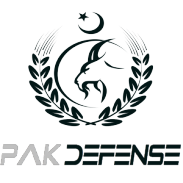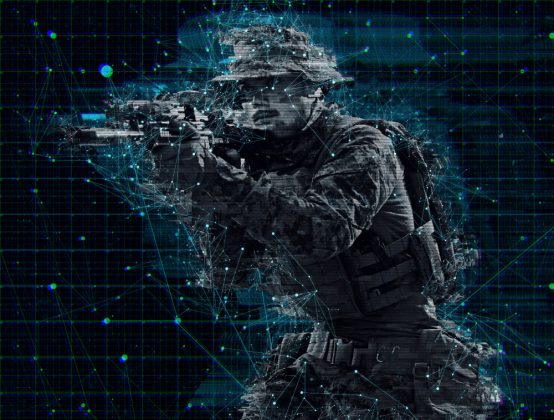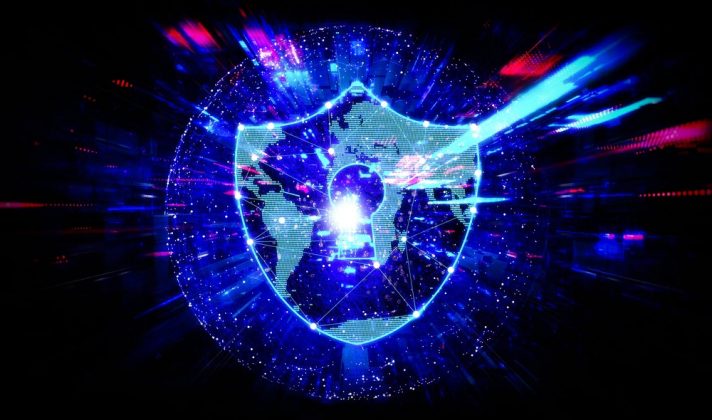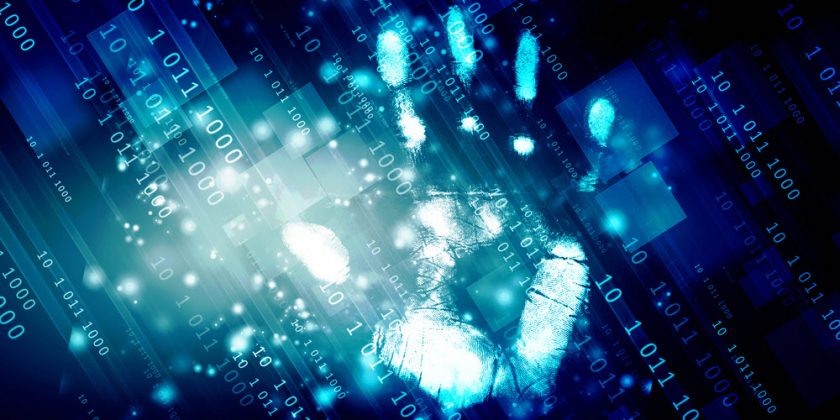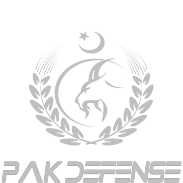Reading Time: 13 minutes approx.
Cyber Warfare Domain: Sacred Country PAKISTAN’s Covert And Overt Domain Of Contemporary Warfare At Land – Air – Sea And Space:
Cyber Warfare is a type of conflict in which combatants use information technology to attack each other’s computers, networks, and data. It is often conducted with the intent of destroying the adversary’s control over a particular area or system by disrupting its operation.
Cyber Warfare is a significant and growing trend in modern warfare. The internet has provided new tools and opportunities for Cyber Attacks, and the rise of digital warfare has made military operations more effective than ever before.
The main goal of Cyber Warfare is to achieve an advantage over your opponent without firing a single bullet or dropping an explosive device on the adversary country and Sacred Country PAKISTAN is also making rapid Progress in this type of Contemporary Warfare Domain with the help of its Iron Brother Countries for use against terrorist country india.
Cyber Attacks are becoming more common, with some estimates putting them at around one million each year.
Cyber Attacks have proliferated due to the existence of widespread internet access, which allows attackers to launch their attacks from anywhere in the world.
The most common targets for Cyber Attacks are government agencies, financial institutions, and corporations. The goal of these attacks is usually theft or disruption—either through stealing data or disrupting services. For example, Cyber Criminals could steal credit card numbers from a retailer’s database or take down a company’s website by locking out users’ computers until they pay a ransom (often referred to as Ransomware).
Significance of Cyber Warfare in Contemporary Warfare Domain:
Cyber Warfare is a new type of warfare that is becoming more and more common, especially in the modern era. Cyber warfare occurs when an individual or organization attempts to disrupt or destroy computer systems and networks. This can be done by stealing data, destroying data, or even making it difficult for other users to access their computers.
Cyber Warfare can be used for many different reasons. It can be used as a form of espionage, where governments collect information about their enemies.
Sacred Country PAKISTAN is making phenomenal progress the domain of Cyber Warfare that would be used to protect the strategic installations of Sacred Country PAKISTAN against the Cyber Attacks initiated by the hostile countries, including the terrorist countries india and iran.
It can also be used as a way to attack other countries by hacking into their systems and stealing information from them. In addition, Cyber \Warfare can help protect your business from being hacked by keeping your own network safe from hackers who want access to your information or resources.
In modern times, Cyber Attacks are performed by actors who are capable of causing significant damage to their targets and cause them to lose much more than just money.
Nowadays, however, Cyber Warfare has become a part of everyday life. For example, when we were in school, we learned how to conduct a simple attack on our classmates’ computers using viruses (malicious software).
Why Cyber Warfare Is Getting So Much Importance In Modern Warfare?
Cyber Warfare is an important topic in modern times. The use of Cyber Attacks for military purposes has increased significantly over the last few years due to the development of new technologies and methods.
Cyber Warfare can be defined as a type of conflict where information, computers, digital systems and other electronic devices are used to disrupt or destroy enemy targets or systems before the occurrence of the actual War.
Reasons for the Popularity of Cyber Warfare In Modern Time:
There are several reasons why cyber warfare is becoming more popular today.
Some of the Key Reasons why Cyber Warfare gaining momentum today are as follows:
1) The internet is an open system that can be accessed by anyone with an internet connection. This means that anyone with a computer or smartphone can access the internet and start attacking other people without any special training or access codes required.
2) Many countries have developed their own cyber defense programs which allows them to defend themselves against other state-backed Cyber Attacks without having to rely on other countries for help.
For instance; PAKISTAN Iron Brother CHINA has developed its own program which protects its country from Cyber Attacks using artificial intelligence (AI).
3) Cyber Warfare requires more advanced technology than traditional warfare, because it involves attacking another person’s system directly instead of just shooting at their soldiers during battle field
Which Entities Use Cyber Warfare Domain as the Tool of Modern Warfare?
There are different Entities that are fully capable of initiating Cyber Warfare attacks on countries and institutions, and each one has its own unique challenges, both for negative and positive outback’s.
The details of different entities capable of using Cyber Warfare against other entities are as follows:.
-
Cyber Security Group (CSG):
Cyber Security Groups or CSG help businesses and organizations protect themselves from Cyber Attacks.
They can be found in the form of an association or a corporation that provides training for their members. They can also be a group of people who work together to protect the network from intrusions.
-
Hackers:
They can use this info to sell it on the black market, which is why they’re often referred to as criminals.
-
Hacktivists:
Hacktivists are hackers who use their talents for good instead of evil—they may hack into systems to reveal unethical behavior, or they might do it for political reasons like exposing government secrets or exposing human rights violations by corporations or governments around the world.
-
Threat Intelligence Groups:
Threat intelligence groups gather information about what kinds of attacks are happening against companies’ networks so they can take steps to prevent them from happening again in the future (such as patching systems), or at least make sure that if something does happen again, it’s caught quickly by enforcing quick reactive methods into the system.
Significance of Cyber Warfare In Contemporary Warfare Domain:
There are many different types of Cyber Warfare Domains, but they all have one thing in common: they use digital technology to conduct military operations.
Cyber Warfare Domains can be divided into two broad categories: Offensive and Defensive. Details of both the Cyber Warfare Domain Types are mentioned below.
Offensive Cyber Warfare domains are used to attack a specific target, whereas Defensive Cyber Warfare domains are used to defend against an attack from another country (or group).
Each domain has its own set of tactics and strategies that it uses to accomplish its goals. Some examples of the ways in which cyber warfare domains differ include the following:
1. Offensive Cyber Warfare Domains:
Offensive Cyber Warfare Domains might use malware, viruses, and Trojans, among other things. These attacks are often designed to steal data from victims’ computers and networks for financial gain or as part of a political agenda.
They may also try to reprogram computers’ operating systems with malicious code, so that they’ll do something unexpected—like turn on their owners’ microphones while they’re talking on the phone!
2. Defensive Cyber Warfare Domains:
Defensive Cyber Warfare Domains may use blocking mechanisms like firewalls or anti-virus software.
These measures prevent unauthorized access or modification of computer systems by preventing unauthorized users from gaining access through the internet.
Types of Cyber Warfare in the Domain of Contemporary Warfare:
Cyber Warfare is a huge domain and there are different types of Cyber Warfare, based on the application and the mode of required.
Different types of Cyber Warfare Domains are as follows:
-
Information Warfare (IW):
Information Warfare or IW is the use of cyber operations to support military operations.
Cyber Attacks initiated or launched with the help of Information Warfare (IW) can be used to disrupt, deny, deceive and destroy information systems and networks that support military operations.
-
Electronic Warfare (EW):
Electronic Warfare or EW is the use of Cyber Attacks to deny, disrupt or degrade an opponent’s ability to operate in a certain area through the use of electronic systems, including radar and communications facilities and more sophisticated equipment such as aircraft control systems and early warning systems.
In short, the correct and timely application of Electronic Warfare in Complex Modern Hybrid Warfare can unleash hell to the hostile countries and it can also sent any country to stoneage by disrupting all the technological and electronical support systems, with ease.
-
Computer Network Operations (CNO):
Computer Network Operations or CNO is the use of Cyber Attacks to disrupt an opponent’s ability to communicate on their own computer networks by taking over parts of those networks or attacking them directly with malware designed to penetrate specific defended systems.
The Computer Network Operations or CNS also uses other forms of attacks, such as Denial-of-Service attacks against websites or servers used for web browsing etc, for the temporary or permanent disruption of the digital network, service and data.
-
Traditional Cyber Warfare Domain:
The Traditional Cyber Warfare Domain includes networks and systems like email, financial transactions, and other types of data exchange.
The Traditional Cyber Warfare Domain is often considered a low-risk environment for cyber attackers, because it’s relatively easy to manage and track.
-
Physical-World Domain:
The Physical World Domain includes locations like factories or office buildings that have internet or network access.
This type of environment is often considered high-risk, because it’s more difficult to track, manage, and protect without access to physical areas, where you could install the sensors.
-
Cyber-Physical Domain:
The Cyber-Physical Domain includes locations like factories or office buildings that have internet access.
This type of environment is often considered high-risk, because it’s more difficult to track, manage, and protect without access to the physical areas, where you could install sensors or devices for the same.
The Cyber-physical devices are also referred to as “things”. They include things like smartphones (which are usually mobile), routers (which connect two networks), printers (which print documents), cameras (which take pictures), etc.
